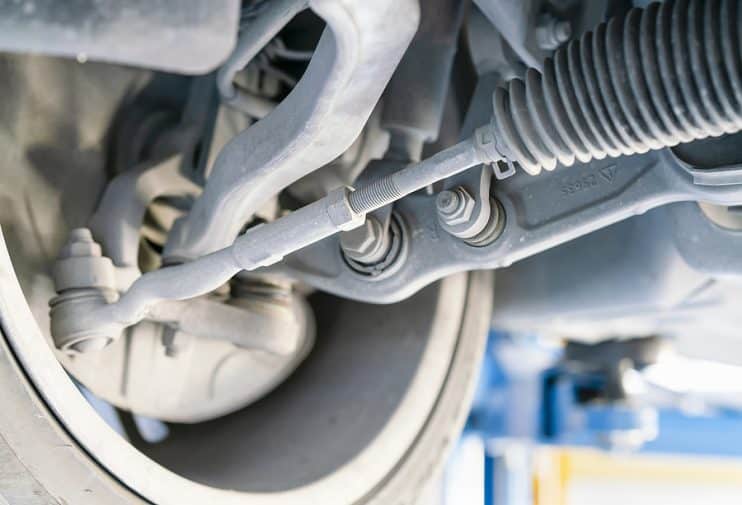
As a driver, you depend on your car’s steering system to control your vehicle on all types of roads, from winding country lanes to busy city streets. The steering rack is a vital part of the steering system because it transforms the turning of your steering wheel into the movement of your wheels. When the steering rack starts to fail, it can cause many problems that affect how your car drives and how safe it is on the road.
Continue reading
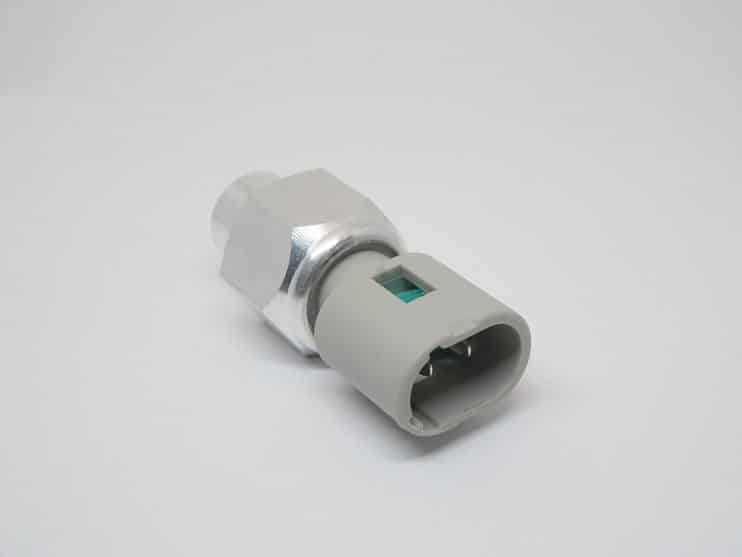
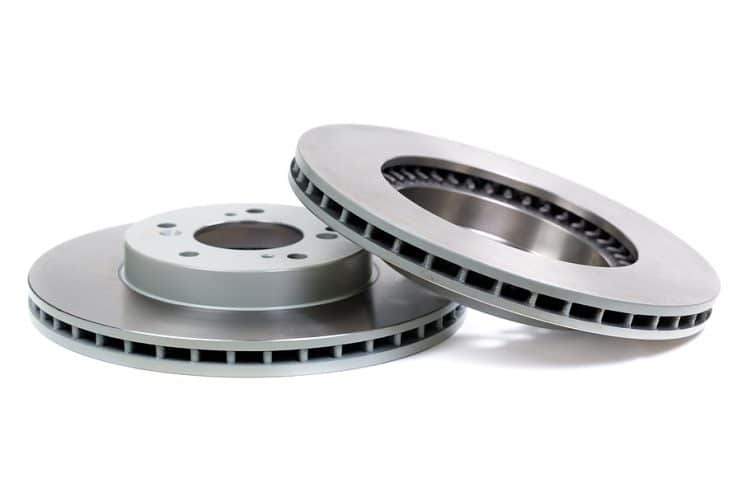
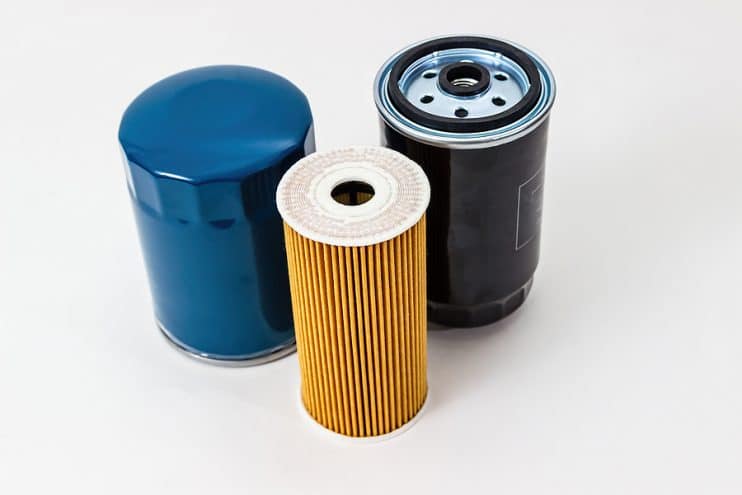
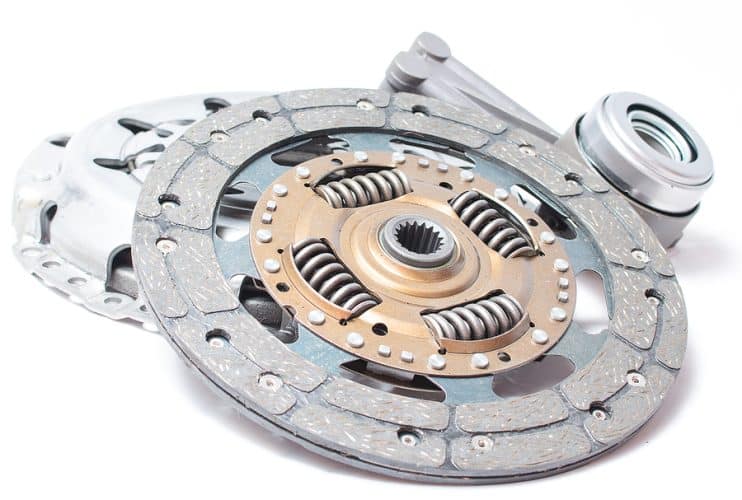

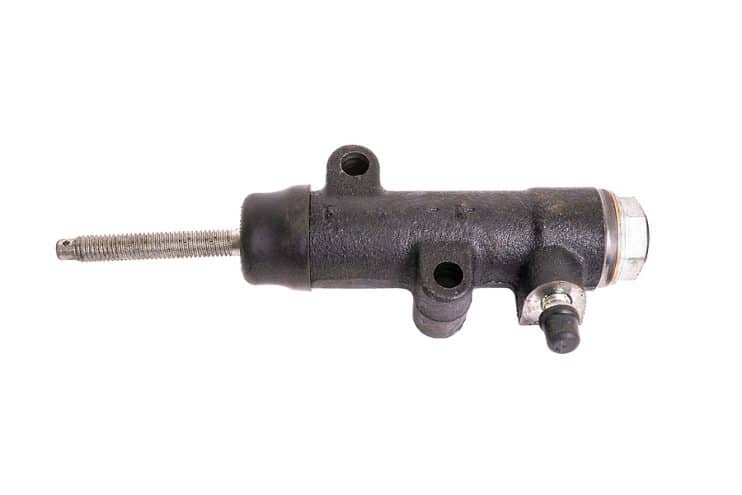
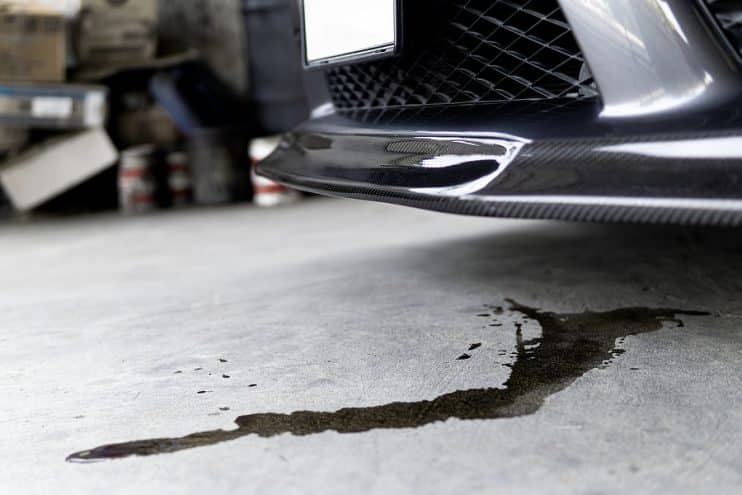
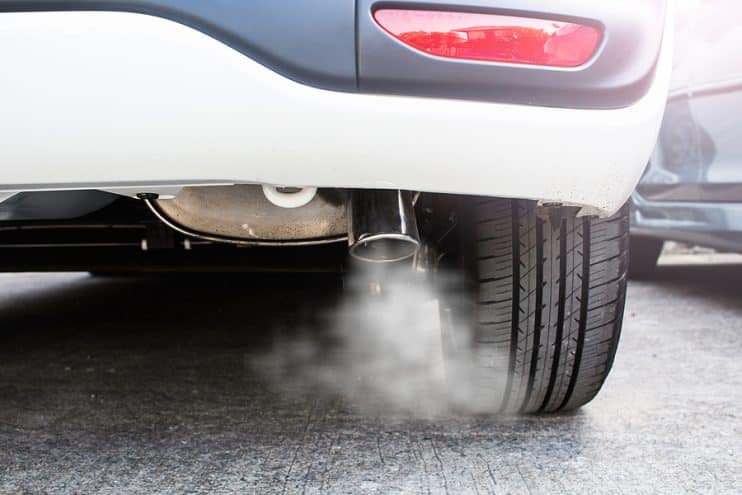
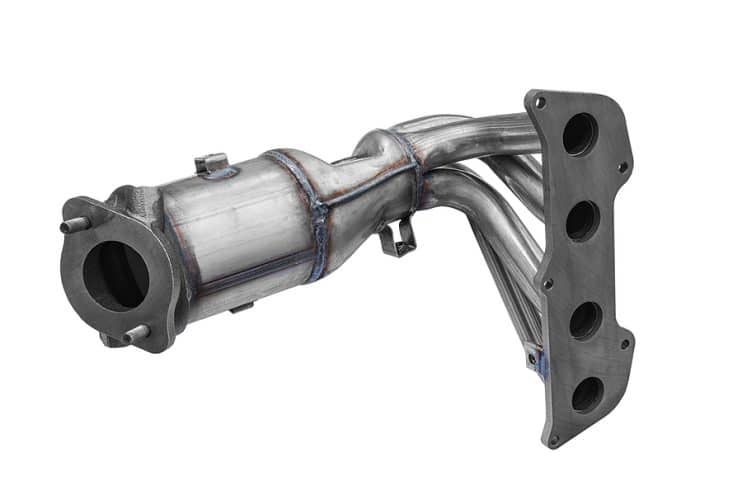
.png)